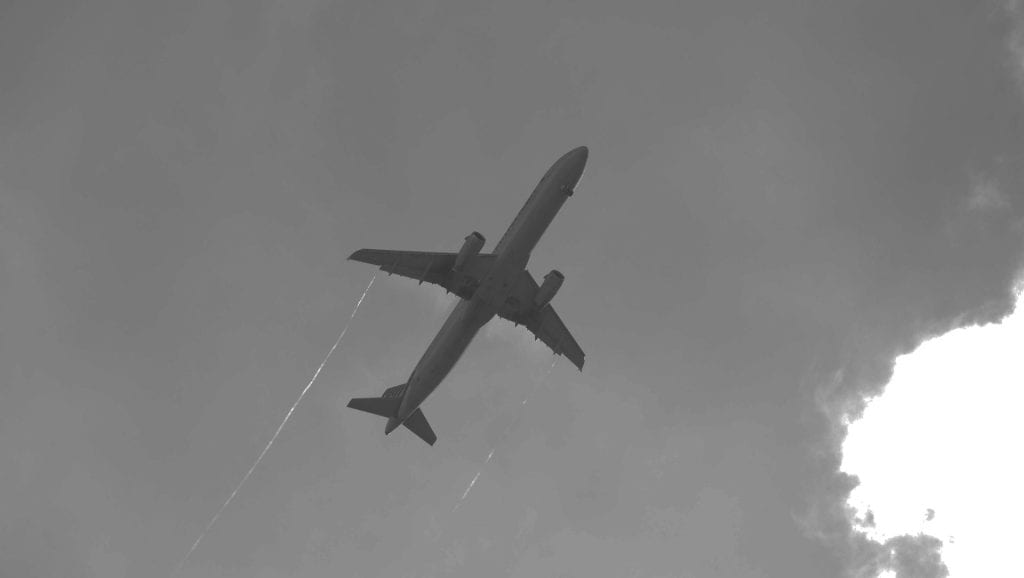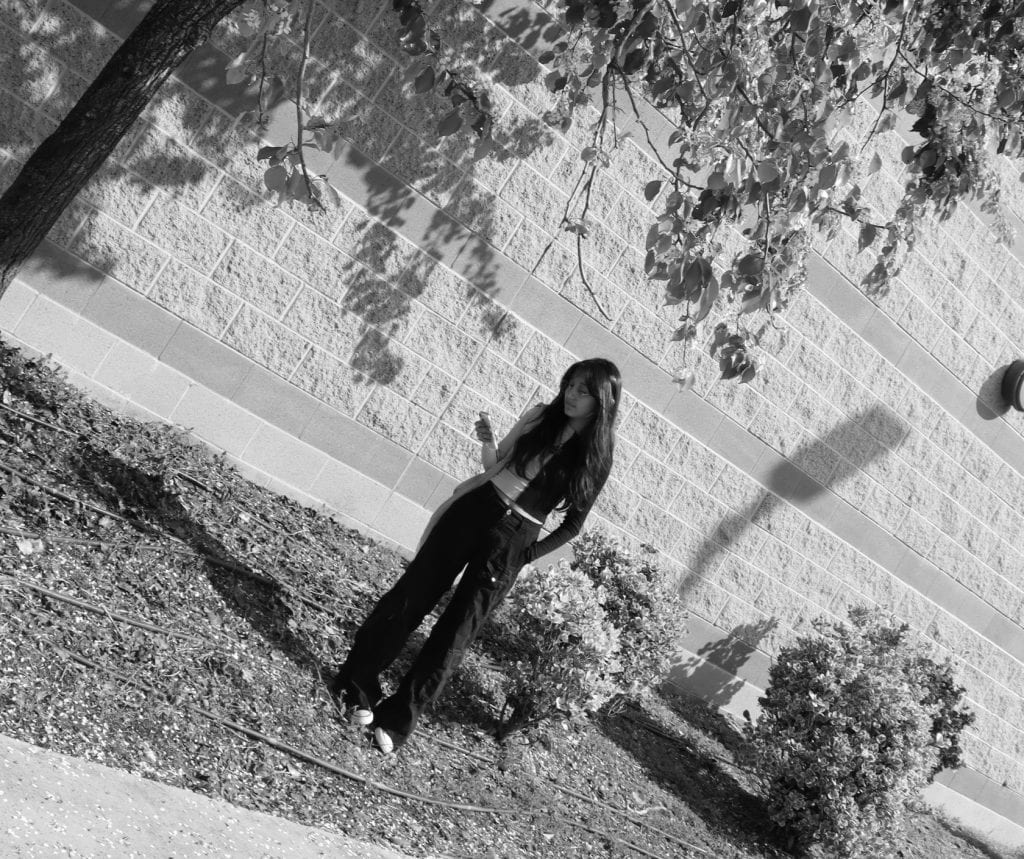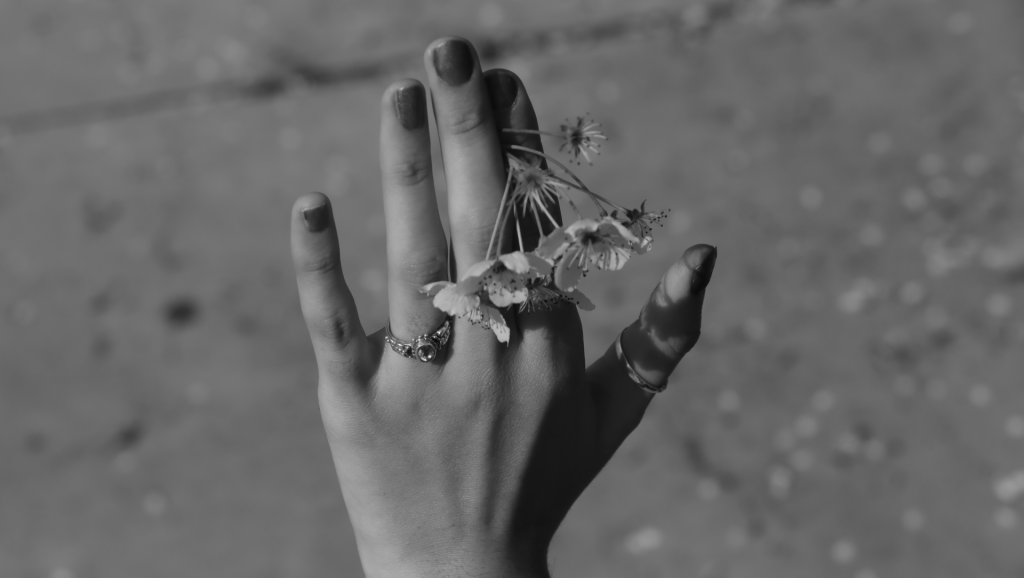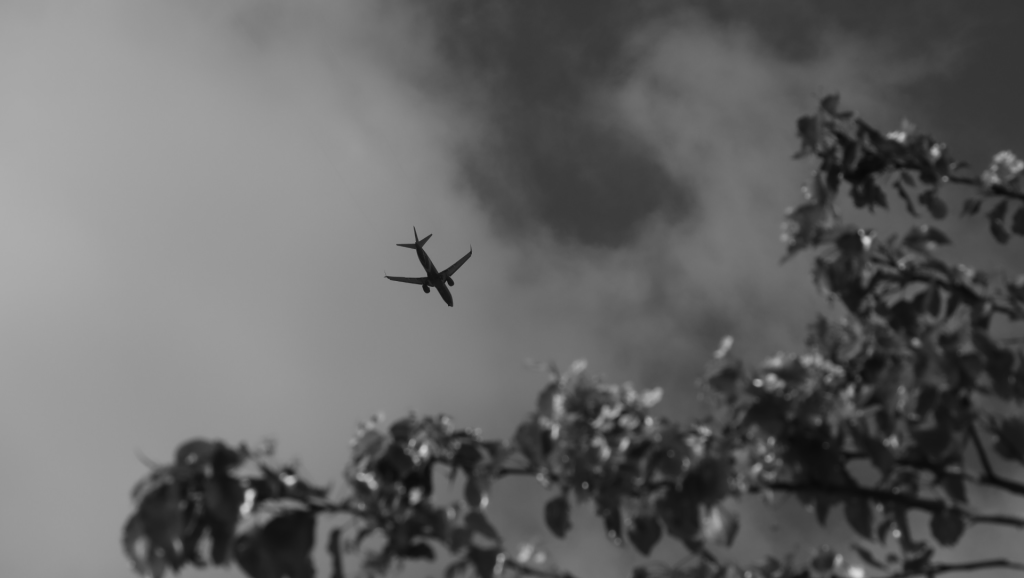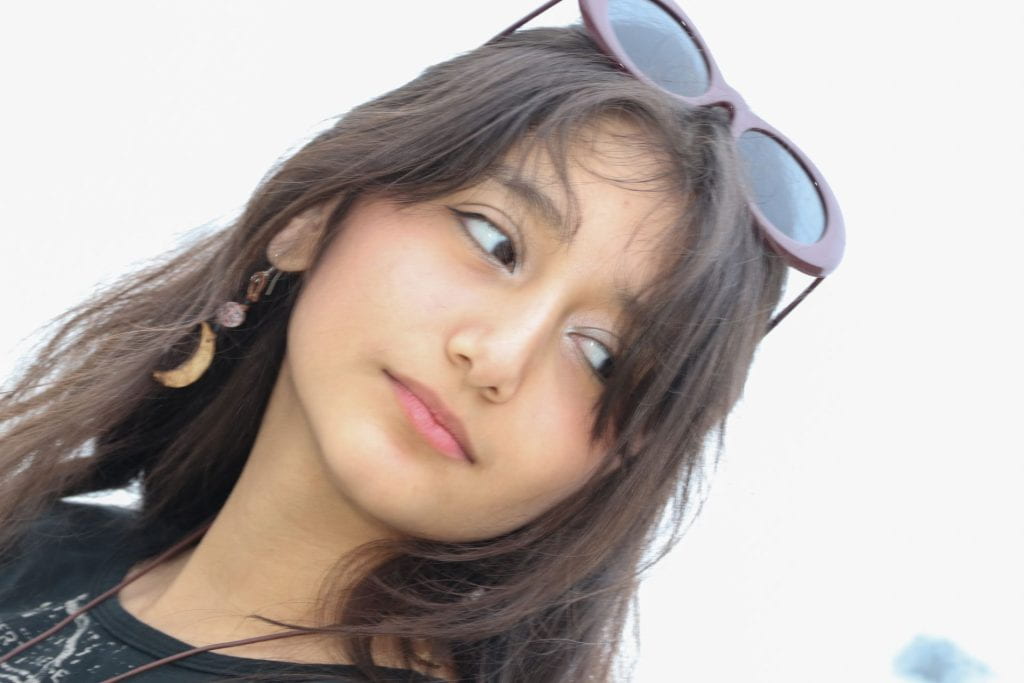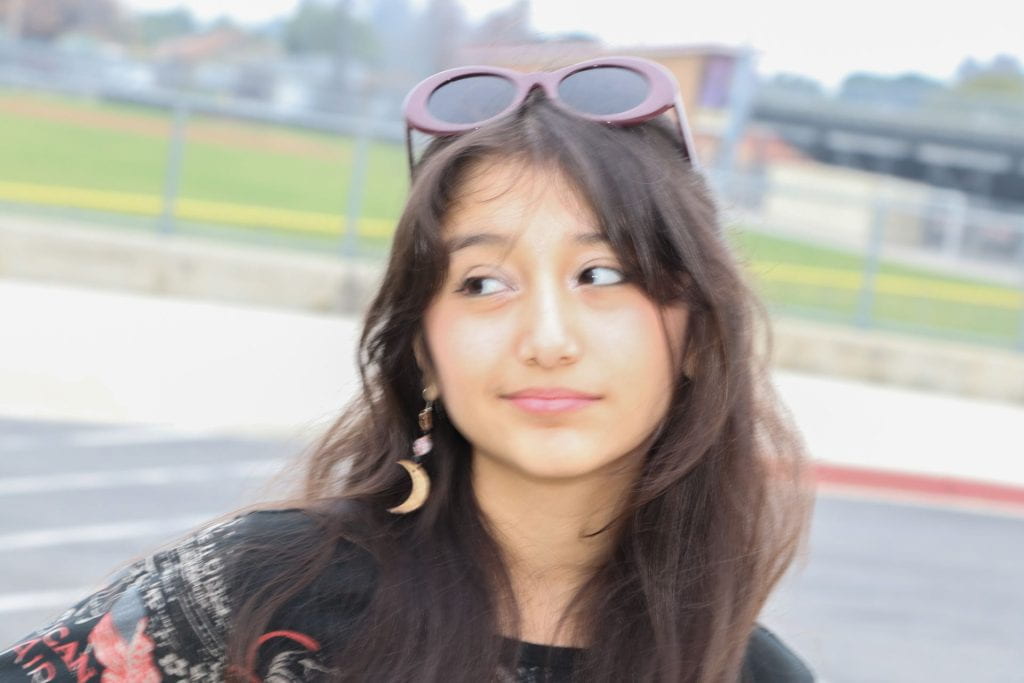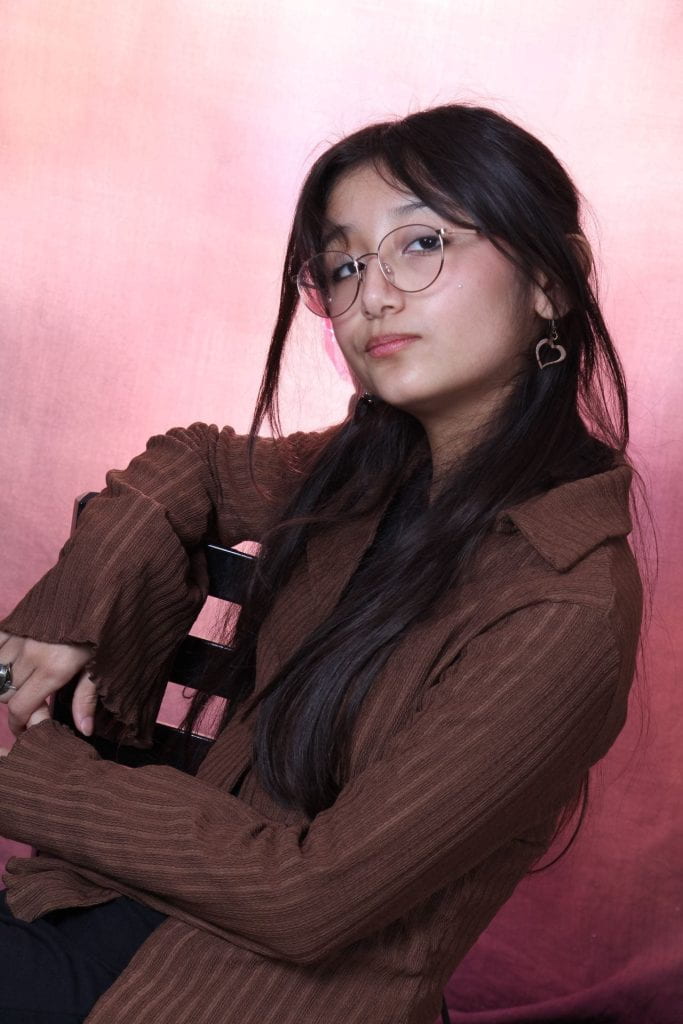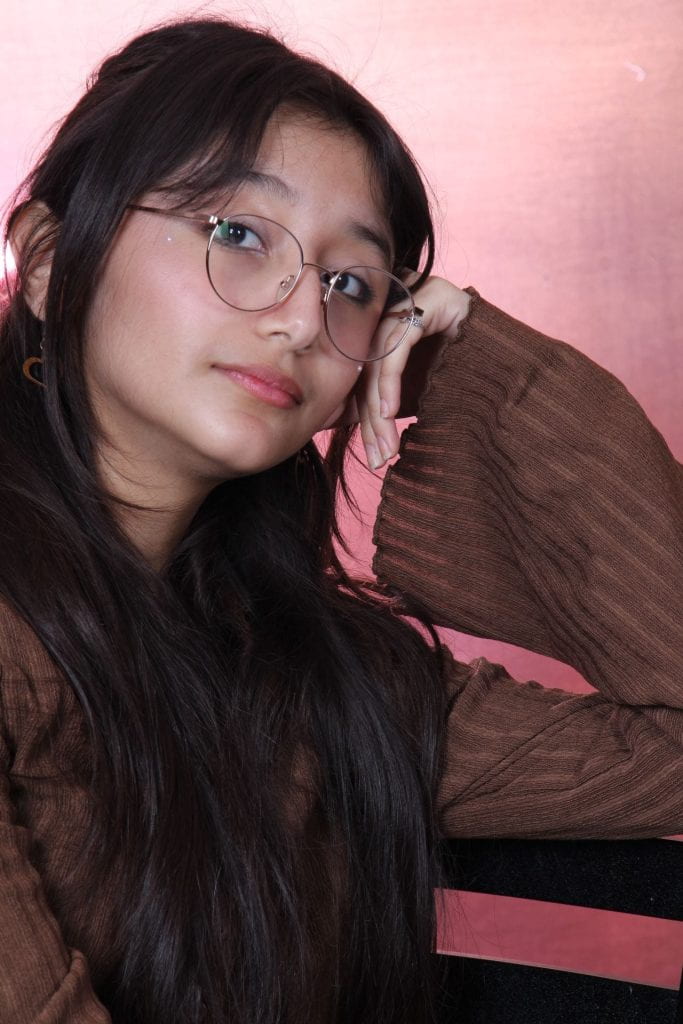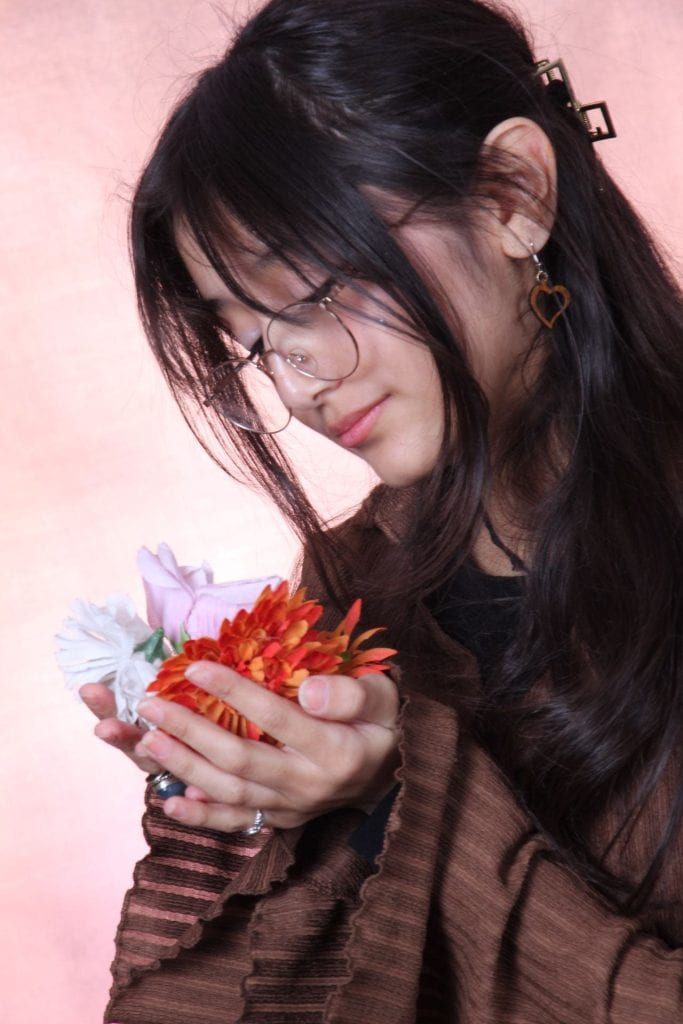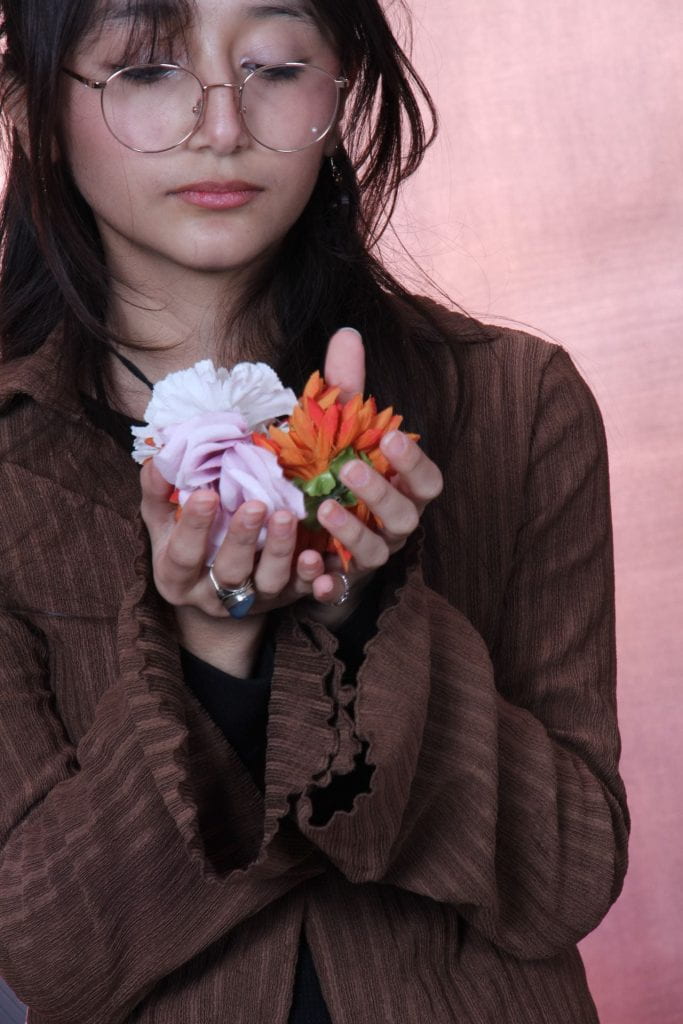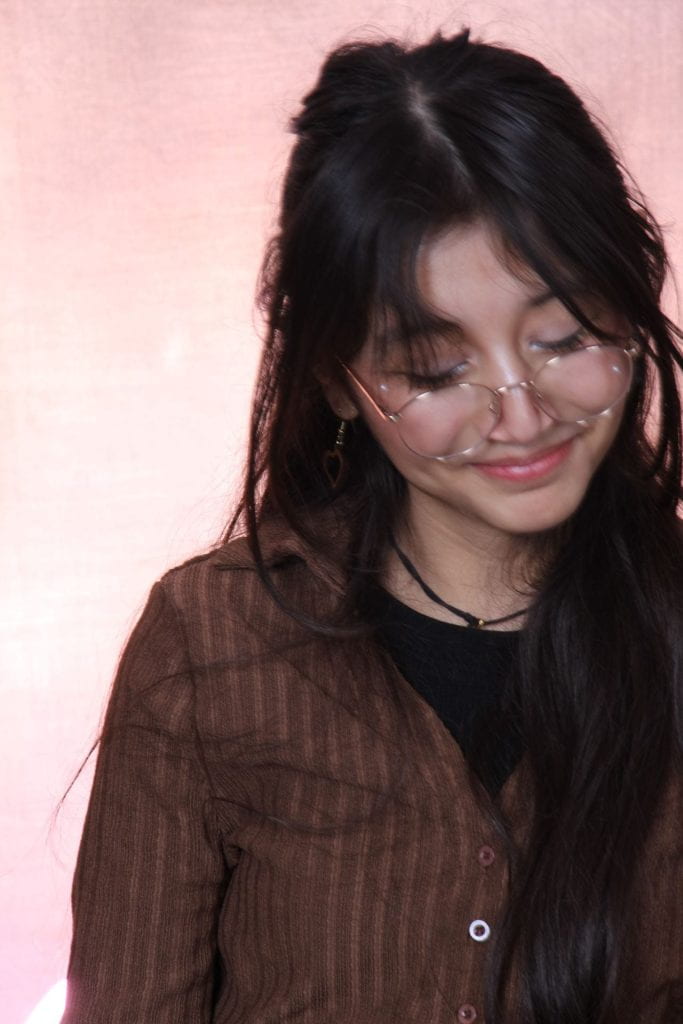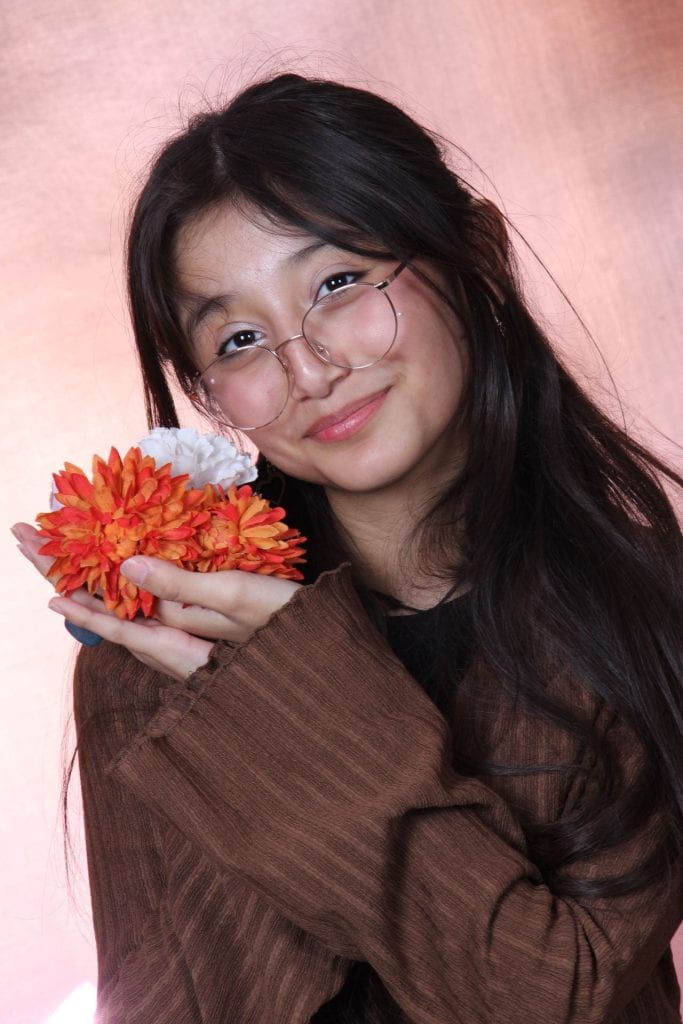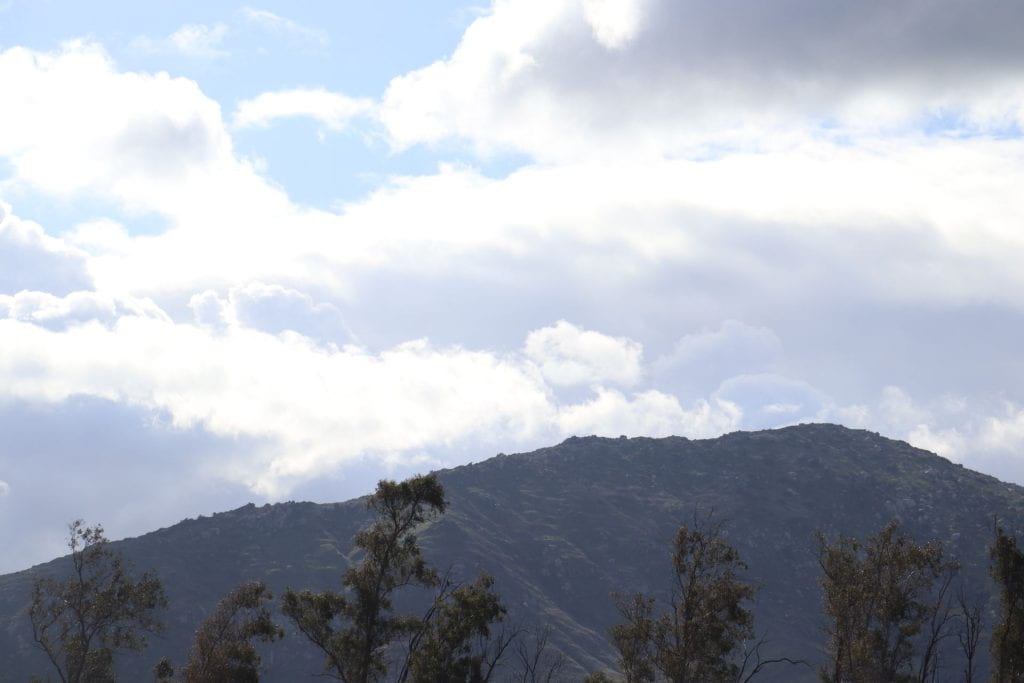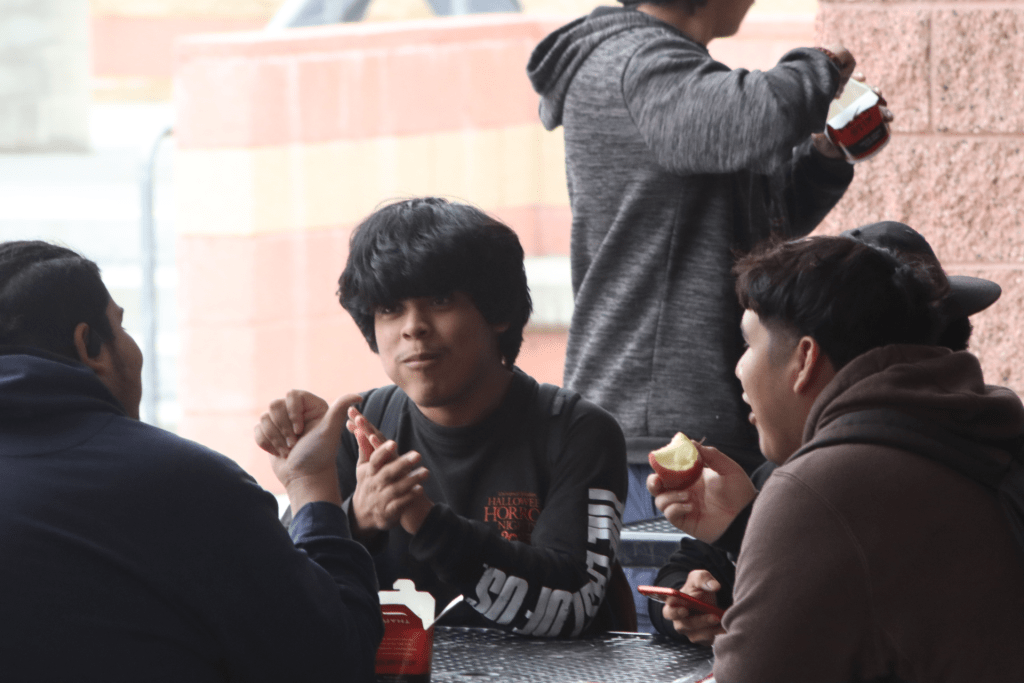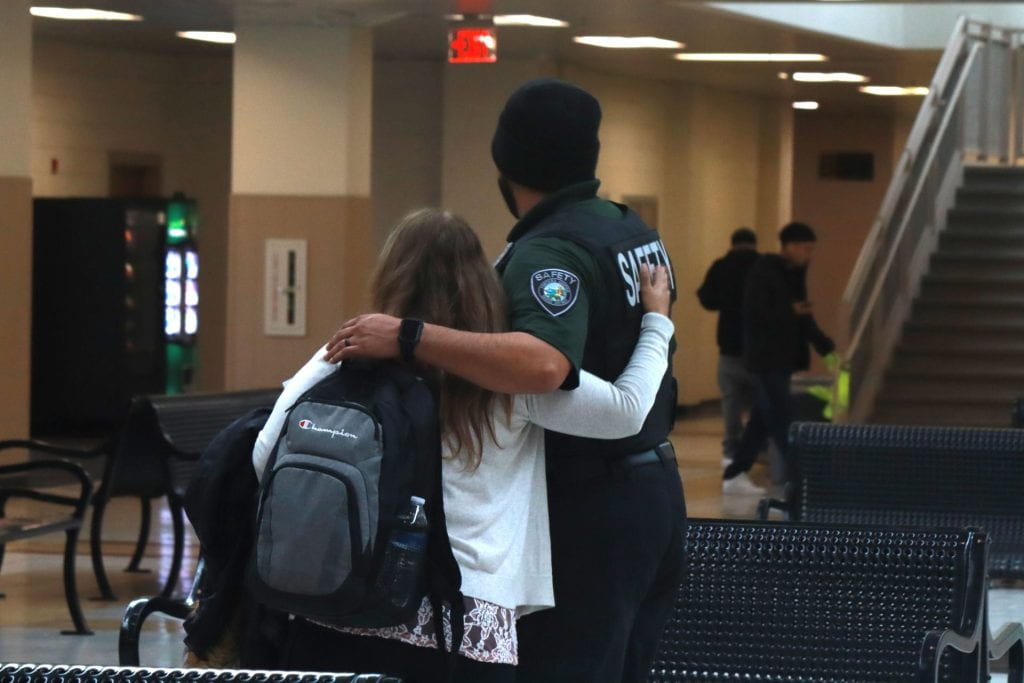How is it photography connects people? As demonstrated by the ted talk. Photography can be used to convey emotion, story telling, and overall beautiful quality that is closest to the eye. In the emotional aspect we can take adoption advertisement images as a prime example. Nothing makes you feel like adopting a puppy more than a black and white picture of a sad puppy. Or consider a picture of a shore littered in fish with no end in sight, as an emotional warning towards global warming, striking fear into the audiences heart.
Of course there’s always the basic, “i can communicate with people across the world,” which you can indeed share a visual experience with someone that otherwise would have never seen something like it. We can use photographs to share experiences in more ways than one, we feel gratitude and awe after looking at the beautiful image of a scenery thousands of miles away.
